Cacao or Cocoa: What’s the Real Chocolate Winner?
Cacao and cocoa often spark confusion among chocolate lovers everywhere.
Terms may seem interchangeable, but they actually represent different stages in chocolate production.
The raw, unprocessed beans harvested from cacao trees give us what we call cacao, while cocoa typically refers to the powder made after these beans undergo processing.
Many health enthusiasts prefer cacao for its higher antioxidant content and less processed nature.
This distinction matters significantly when selecting ingredients for recipes or making dietary choices.
Some chocolate products clearly label whether they contain cacao or cocoa, helping consumers make informed decisions.
Reading on will reveal exactly how these ingredients affect the taste and nutritional profile of your favorite chocolate treats.
Cacao: A Full Guide
Cacao refers not just to the familiar brown powder but to the raw beans and the Theobroma cacao tree itself. Its origins date back over 2,000 years.
Today, cacao trees grow mainly in tropical countries like Indonesia, Ecuador, Malaysia, Nigeria, and the Dominican Republic. The tree’s fruit, called cacao pods, grow on branches and trunks and ripen unevenly in different shapes and colors.
Farmers carefully harvest these pods to preserve the tree’s ability to produce more fruit.
Components of Cacao
Each cacao pod contains 20-60 beans covered in a sticky white pulp. These beans are the key ingredient in chocolate production.
For example, about 400 cacao beans make one pound of chocolate.
Forms of Cacao
After harvesting, cacao beans are processed into four main products:
Cacao Nibs
Crushed, dried cacao beans with a rich, earthy, and slightly bitter taste. They are crunchy like roasted coffee beans and contain about half cacao solids and half cacao butter. Available raw or roasted.
Cacao Paste (Liquor)
Made by crushing raw beans into a liquid that solidifies at room temperature. Can be eaten as is or used to make chocolate.
Cacao Powder
The purest form, made by cold-pressing unroasted beans, preserving natural flavors and nutrients. Ideal for chocolate desserts.
Cacao Butter
Extracted oil from fermented and roasted beans. It’s creamy, rich, and contains healthy fats like omega-3. Vegan and plant-based, it melts just below body temperature, giving chocolate its smooth texture.
Fascinating Facts About Cocoa
The word cocoa is the English translation of the Spanish cacao, both referring to the same plant and fruit (Theobroma cacao). Cacao generally means raw or less processed products, while cocoa usually refers to the powder left after removing fat from ground cacao beans.
Cocoa powder is a concentrated chocolate product with 10-24% fat, mostly used unsweetened in baking but can be sweetened with sugar, honey, or syrup. Common uses include chocolate cakes, brownies, biscuits, bread flavoring, and even coffee enhancement.
How Cocoa Powder Is Made
Cacao beans undergo a detailed process after harvesting: the pods are opened to remove the beans with their sticky pulp, which then ferment for about a week to develop rich flavors. After fermentation, the beans are sun-dried to reduce moisture, cleaned, and roasted to enhance their chocolate notes.
The roasted beans are cracked to remove shells, and the remaining nibs are ground into a thick paste called chocolate liquor. For cocoa powder, this liquor is pressed to remove most of its fat (cocoa butter), leaving a solid cake that is then ground into the fine powder used in chocolate drinks and desserts.
Comparison: Cacao vs Cocoa Powder Explained
Cacao and cocoa, though have similar names, they have some differences to learn. Check out below table for a quick comparison.
| Characteristics | Cacao Powder | Cocoa Powder |
| Color | Light brown | Reddish brown, ranges from light to dark |
| Flavor | Intense, bitter, and acidic | Milder, less bitter, slightly sweeter |
| Processing | Cold-pressed from unroasted cacao beans | Made from roasted cacao beans with fat removed at high heat |
| Fat Content | Retains natural cocoa butter | Contains less fat after extraction |
| Nutrition | Higher in natural nutrients due to less processing | Lower nutrient content due to roasting and fat removal |
| Pronunciation | Pronounced “ka-kao” or “cuh-cow” | Pronounced “kow-kow” |
| Usage | Stronger flavor, used for intense chocolate taste | Common in baking, often sweeter and milder |
Pronunciation
Knowing how to say cacao and cocoa correctly makes a big difference when talking about chocolate. Cacao (pronounced ka-kao or cuh-cow) traces back to the ancient Olmec civilization of Mexico, likely representing the original name for this special plant.
Cocoa, on the other hand, sounds like kow-kow with identical syllables. Many people don't realize that cocoa possibly started as a simple spelling error of cacao long ago.
The mistake caught on so well that it gradually became common usage, replacing the proper term in everyday language. Now both words exist side by side, though they refer to slightly different products in the chocolate-making process.
Colors And Flavors
Raw cacao powder comes from fermenting and cold-pressing unroasted beans, giving it a natural light brown color. Cocoa powder, however, has a reddish-brown appearance due to roasting.
During production, fat extraction happens for cocoa powder, but not all cocoa butter gets removed in the process. Most cocoa powders contain about 10-15% cocoa butter, with premium versions retaining slightly more.
The taste differences are quite noticeable between these two chocolate ingredients. Cacao powder maintains its original deeply chocolatey and intensely bitter flavor profile.
The milder cocoa powder offers less bitterness along with a subtle hint of sweetness that many people find more approachable for everyday recipes.
Nutrition
Purple vegetables like ube and taro have become stars in modern health-conscious kitchens for good reasons. Both offer plenty of calories to keep you energized, essential vitamins that support your body, and fiber that helps digestion.
Ube brings a sweet, vanilla-like taste with its deep purple hue while taro has a more mild, nutty flavor with its light purple color inside. People who want more plant-based options in their meals often reach for these versatile roots since they work well in both sweet treats and savory dishes without much fuss.
Nutrition table
| Nutrients | Cacao Powder | Cocoa Powder |
| Calories | 140 | 24.5 |
| Fiber | 4 grams | 3.5 grams |
| Carbohydrates | 6 grams | 6 grams |
| Protein | 2 grams | 2 grams |
| Total Fats | 12 grams | 1.5 grams |
| Saturated Fats | 7 grams | 1 gram |
Sweet Swap: Can You Trade Cacao for Cocoa?
Cacao powder makes a great substitute for cocoa in baking, though its stronger flavor means you might need less of it. Both ingredients contain acidity, except for Dutch process cocoa (also called Dutch or alkalized cocoa), which lacks the ability to react with baking soda for leavening.
One important difference to remember when swapping them is that cacao powder has more starch and absorbs more moisture than cocoa powder. For best results in your recipes, simply add extra liquid when using cacao to keep your treats from becoming too dry.
This small adjustment helps maintain the perfect texture while enjoying the rich chocolate taste in all your baked goods.
Crafting Chocolate with Cacao Pods
Making chocolate at home allows you to skip unnecessary additives found in many commercial products while maintaining full control over the ingredients. By following a few simple steps, your homemade chocolate bars can rival or even surpass the flavor of store-bought varieties.
Step 1: Prepare The Pods
Breaking cacao pods requires a simple approach for best results. Many people use a hammer or wooden muddler to crack them open with minimal effort.
For those who wish to preserve the shell, a hand saw offers more control and precision. After opening, the inside reveals white jelly pulps surrounding the beans - this is where all the magic happens.
These pulps contain the precious seeds that will eventually become chocolate after proper processing. The sweet-tart taste of fresh pulp is quite different from the chocolate flavor most are familiar with, but it's equally delicious in its own way.
Step 2: Fermenting
Banana leaves make for a great traditional drying method, or you can simply reach for your trusty dehydrator if you prefer the modern approach. These two options give you flexibility depending on what tools you have at home and how authentic you want your results to be.
Both methods work wonderfully well, so the choice really comes down to your available time and personal taste preferences.
Step 3: Roasting
Check your beans and remove any that look damaged or have an odd smell. Then spread them on a baking sheet with parchment paper underneath and pop them in the oven at 250°F or 120°C for about 15-20 minutes.
Whether you want to peel the beans before or after roasting is up to you - both ways work just fine.
Step 4: Removing The Cacao Nibs
Press the beans with your finger until they crack open, then simply place them in a bowl nearby. Another easy method involves putting them in a plastic bag and using a rolling pin to break them down.
These cacao nibs are ready to enjoy immediately after crushing, or if you prefer, they can become the base for homemade chocolate with just a few more steps.
Step 5: Grinding
Kitchen equipment like a fast blender or grinder will make this process much easier for you. Adding sugar is completely optional - just remember to use powdered sugar to maintain the right texture in your final product.
When using a fast blender, work the beans until they appear somewhat moist, then pop them into a microwave-safe container for about half a minute of heating. After warming, return the mixture to your blender and resume blending.
For those with a grinder, the method differs slightly - separate your nibs into smaller batches before grinding them into a smooth paste. Taking one-minute breaks between grinding sessions helps achieve the perfect consistency without overheating your machine.
Step 6: Molding
Pour your chocolate mixture into the mold and gently tap it against the counter to get rid of any air bubbles hiding inside. The tapping helps create a smooth finish once the chocolate sets.
After that, simply leave it at room temperature until it hardens completely - this patience pays off when you can easily pop out perfect chocolates later.
Got Questions? We’ve Got Solutions
1. Is cacao healthier than cocoa?
Cacao is generally considered healthier as it's less processed and retains more antioxidants and nutrients. Cocoa powder undergoes more processing and often contains added sugar, reducing some of its natural benefits.
2. Can I substitute cocoa for cacao in recipes?
Yes, you can substitute cocoa for cacao in recipes, but expect a slightly different flavor. Cocoa is less bitter than cacao, so you might need less sweetener when using cocoa powder.
3. Why is cacao more expensive than cocoa?
Cacao is typically more expensive because it undergoes less processing, preserving more of its natural compounds. The production process for raw cacao is also more labor-intensive and often uses higher-quality beans.
4. Does cacao contain caffeine?
Yes, cacao contains a small amount of caffeine (about 1/4 of what's in coffee), plus theobromine, which has similar stimulating effects but is milder and longer-lasting than caffeine.
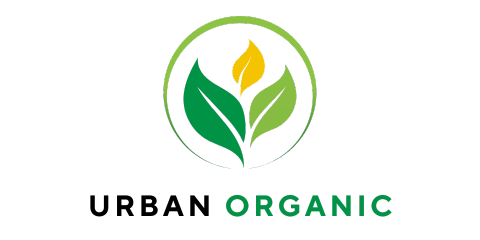
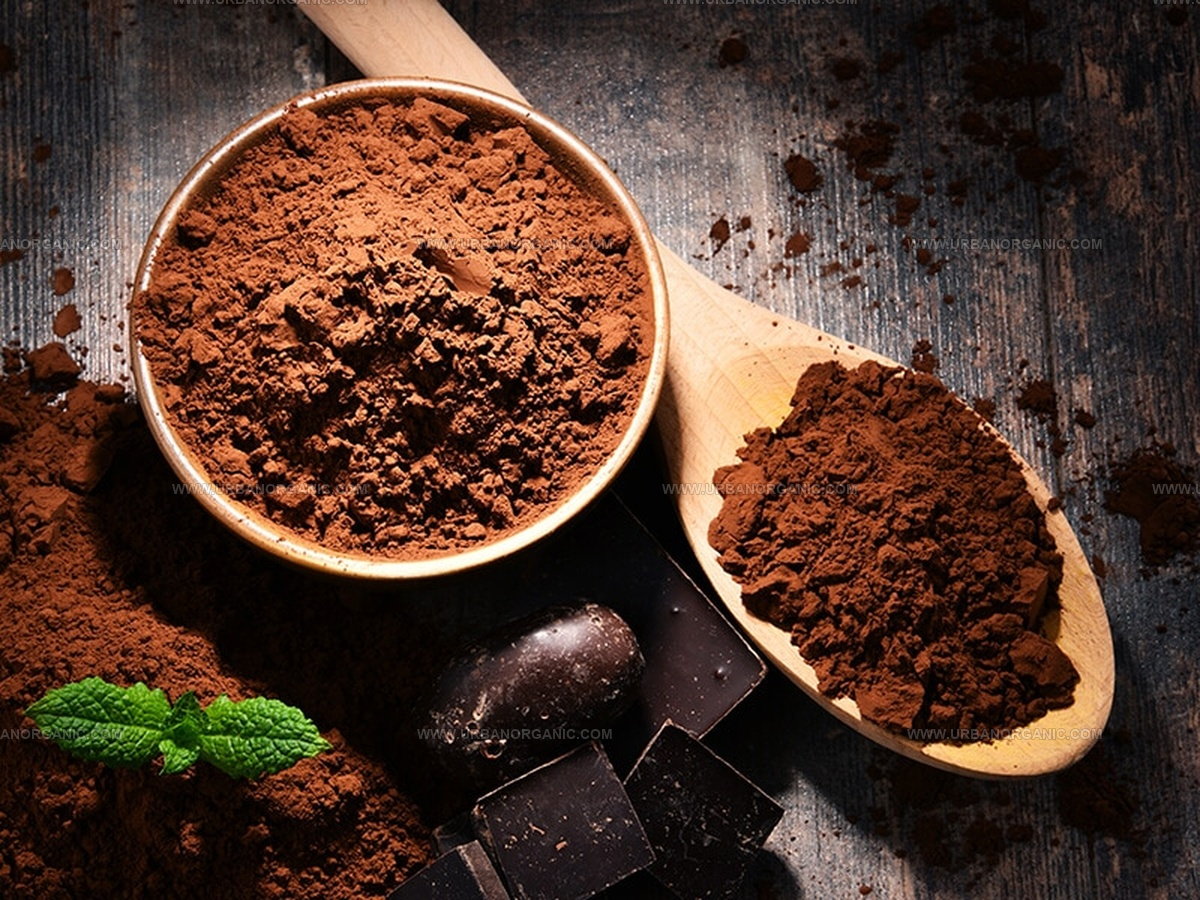
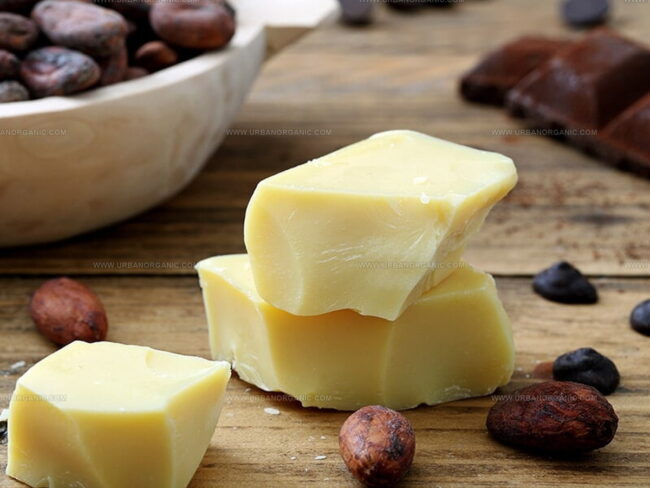
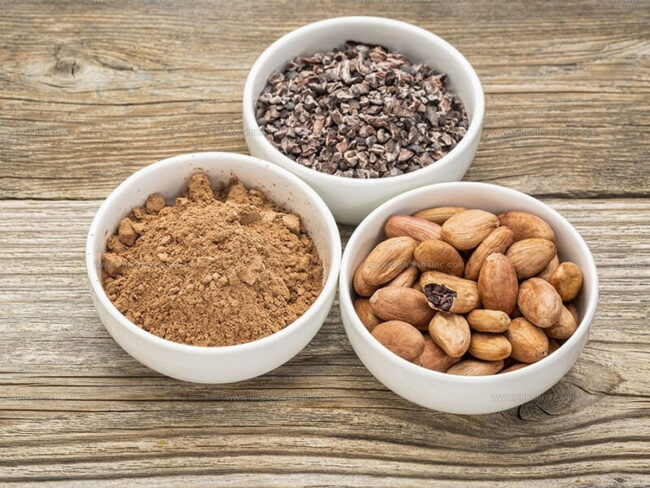
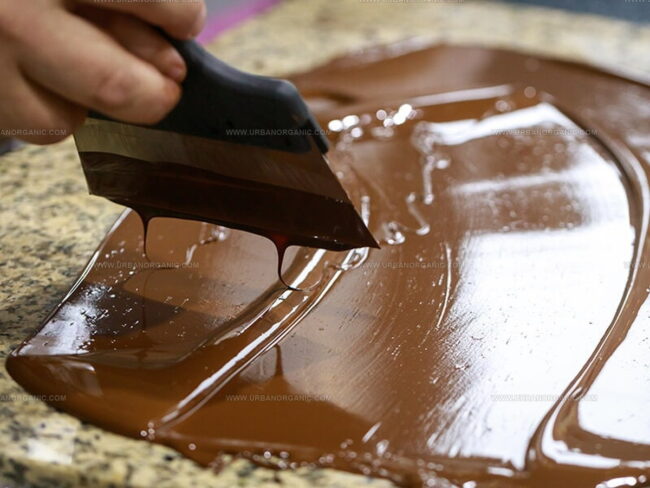
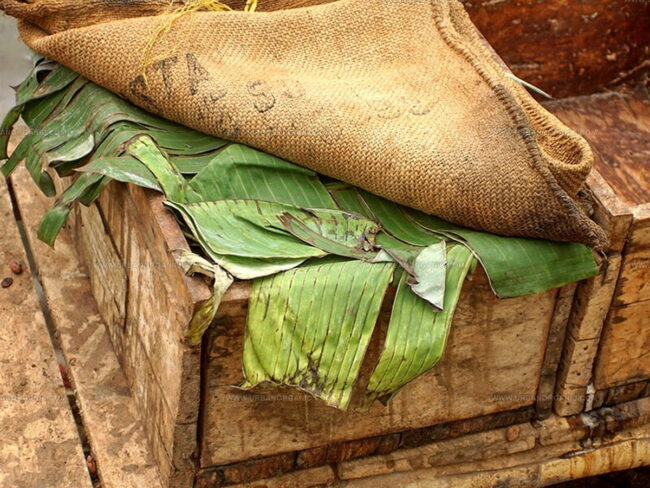
Michael Thompson
Founder & Culinary Director
Expertise
Classical & Contemporary Cooking Techniques, Global Cuisine Appreciation, Nutrition & Menu Engineering, Sustainable Cooking Practices, Farm-to-Table Cuisine
Education
Southwestern Oregon Community College
Michael grew up in Oregon, where he learned early that food tastes better when it’s fresh, local, and made with care.
After earning his degree from the Southwestern Oregon Community College, he focused his career on teaching others how to cook with the seasons, reduce food waste, and reconnect with what’s on their plate.
Michael keeps his cooking simple, sustainable, and full of flavor. His favorite part of the process? Watching people realize how easy and satisfying it can be to cook a single great meal from scratch.